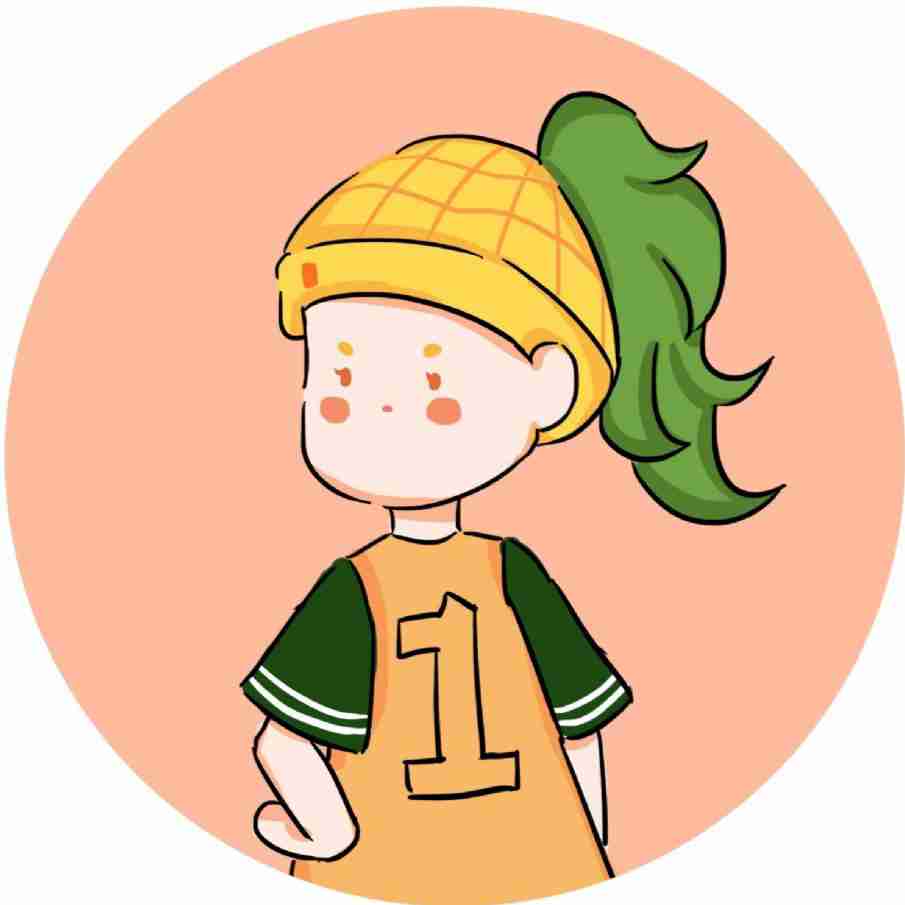
反义疑问句的六大句型是什么?
反义疑问句的六大句型:
1、祈使句后一般加上will you或won't you构成反意疑问句,用will you 多表示“请求”,用won't you 多表示提醒对方注意。
eg. Look at the blackboard, will you/won't you?
2、Let引导的祈使句有两种情况:
1)Let's…,后的反意疑问句用shall we或shan't we。
eg. Let's go home, shall we/shan't we?
还可以用may I来表示征求对方的同意或许可。
2)Let us/me…后的反意疑问句用will you或won't you。
eg. Let me have a try, will you/won't you?
2、感叹句后加反意疑问句时,其反意疑问句需用be的一般现在时态的否定形式。
What a lovely puppy, isn't it?
3、当陈述部分谓语动词是need, dare, used to,且这些词被用作实义动词时,其反意疑问句需用do的适当形式。
eg. He needs help, doesn't he?
4、陈述部分主、谓语是I am…时,反意疑问句用aren't I 或ain't I ,而不是am not I (可用am I not.)。
I'm working at that time, ain't I?
5、陈述部分的主语是不定代词one时,反意疑问句的主语可以用one,也可用you(美式英语用he)。
eg. One should be ready to face difficults of life, shouldn't one?
6、当陈述部分含有以下这些含有否定意义的词时:few, little, seldom,hardly, never, not, no, no one, nobody, nothing, none, neither等,其反意疑问句需用肯定结构。
eg. It's hardly to say, isn't it?




